Lead Paint Abatement for Safer Homes and Buildings
Lead paint abatement involves the safe removal or encapsulation of lead-based paint from structures, particularly in older buildings. Exposure to lead paint can cause serious health issues, especially in children and pregnant women. Proper abatement procedures are essential to reduce health risks and ensure compliance with safety regulations.
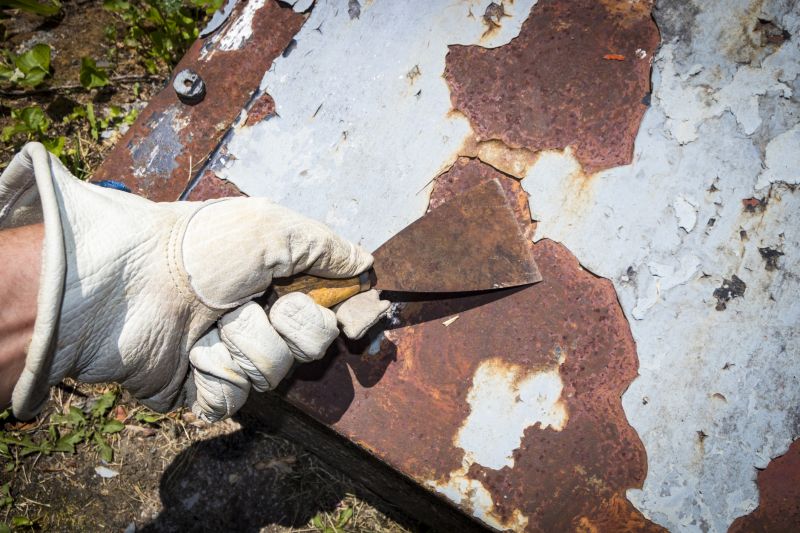
Techniques include chemical stripping, wet sanding, and encapsulation to safely eliminate lead hazards.
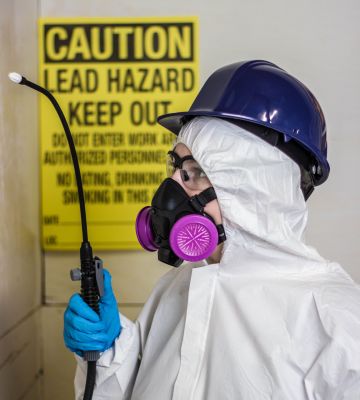
Workers utilize specialized gear to prevent lead dust exposure during abatement.
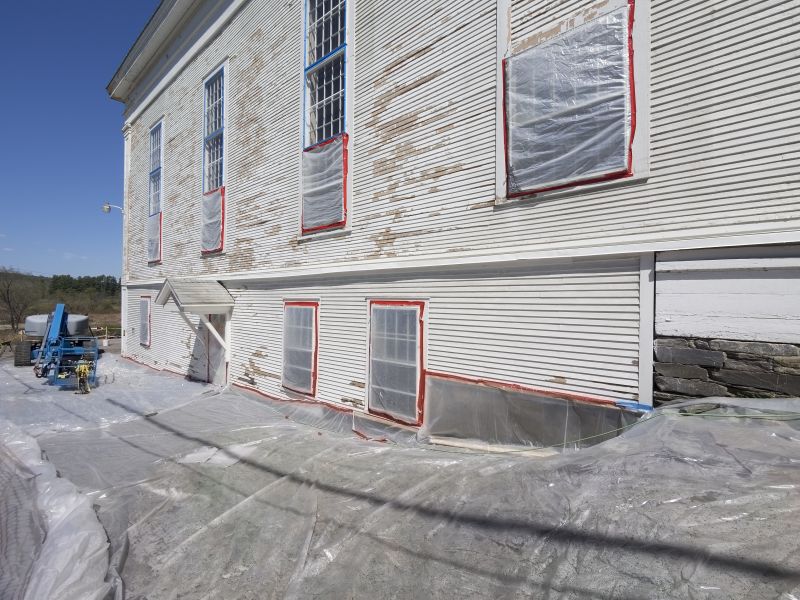
Finished projects showcase the effective removal of lead paint from residential and commercial structures.
The presence of lead-based paint is most common in homes built before the 1970s. Studies indicate that nearly 80% of homes constructed prior to this period contain lead paint, which can deteriorate over time and create hazardous dust and chips. Addressing these hazards promptly is critical for health safety and property value.
Lead paint abatement is a detailed process that requires careful planning and execution. It involves thorough inspection, containment of the work area, removal or stabilization of lead paint, and proper disposal of contaminated materials. This process ensures that lead hazards are minimized and the environment remains safe.
Duration of Lead Paint Abatement Projects
The time required for lead paint abatement varies depending on the size of the project, the extent of contamination, and the chosen removal method. Typically, a standard residential project can take from a few days to a week. Larger commercial or complex structures may require longer durations to complete safely.
Abatement Process Overview
The process begins with a detailed assessment to identify all lead-based paint hazards. Containment measures are then implemented to prevent dust and debris from spreading. Removal techniques are selected based on the surface and condition of the paint. After removal, the area is thoroughly cleaned, and clearance testing is performed to confirm the safety of the environment.
Advantages of Hiring Professionals
Professional lead paint abatement ensures compliance with safety standards and regulations. Experienced contractors have the proper tools, training, and knowledge to perform the work efficiently and safely. Hiring experts reduces the risk of lead exposure and ensures thorough removal, protecting health and property value.
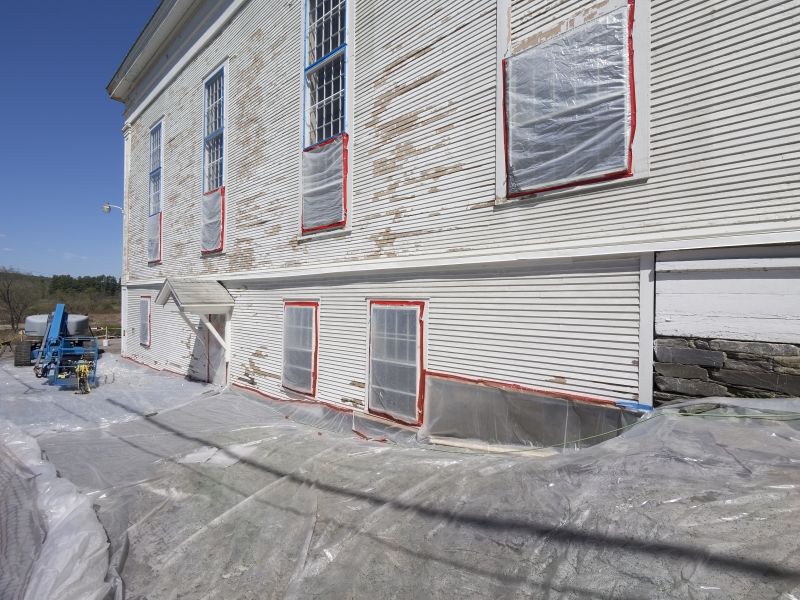
Visual comparison of a space prior to and after lead paint removal highlights the effectiveness of professional abatement.
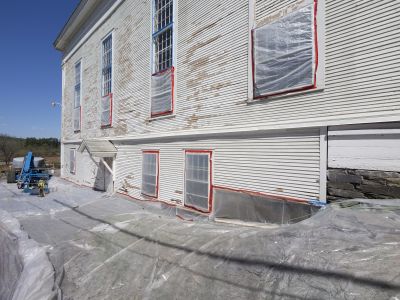
Technicians carefully contain and remove lead paint during the abatement process.
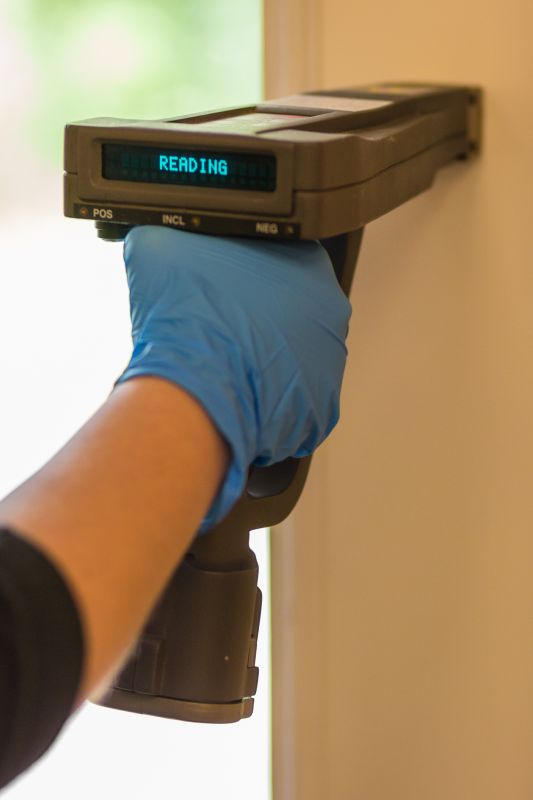
Completed projects undergo final testing to ensure all lead hazards are addressed.
Proper lead paint abatement significantly reduces health risks associated with lead exposure. It also helps meet regulatory requirements and can enhance property safety and value. Engaging qualified professionals ensures the work is performed safely, efficiently, and effectively.
For those interested in obtaining a quote for lead paint abatement services, filling out the contact form provides a convenient way to initiate the process. Professional assessment and planning can then be arranged to address specific needs and timelines.
